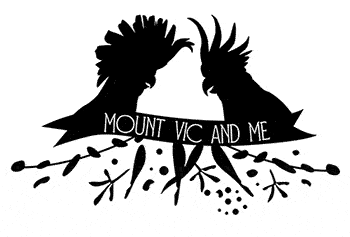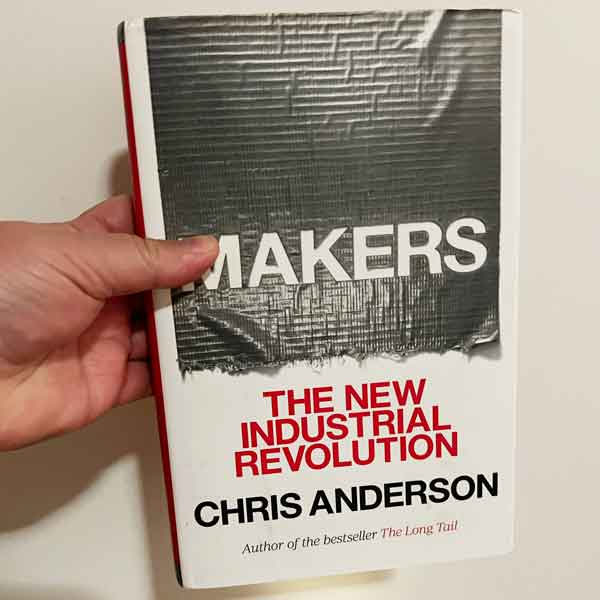In an age of custom-fabricated, do-it-yourself product design and creation, the collective potential of a million garage tinkerers and enthusiasts is about to be unleashed, driving a resurgence of American manufacturing. A generation of “Makers” using the Web’s innovation model will help drive the next big wave in the global economy, as the new technologies of digital design and rapid prototyping gives everyone the power to invent–creating “the long tail of things”.
‘Chris Anderson, until recently the Editor-in Chief of Wired magazine, passionately believes in the premise of his latest work, Makers: The New Industrial Revolution. So powerful was his conviction that Anderson traded his prestigious position in publishing for a leadership role in the movement, as CEO of his own “makers” start-up, 3D Robotics. Makers is a compelling take on the remarkable potential that rests within the do-it-yourself manufacturing movement. Anderson himself is well acquainted with the entrepreneurial DNA of this world of making things, his grandfather was a Swiss emigrant who invented the automatic sprinkler.
Makers credibly chronicles the history of creators (makers) in times past. As artisans and craftsmen gave way to the textile factories of eighteenth century England, the “Second Industrial Revolution” moved beyond steam power to electrification and innovations such as Henry Ford’s Model-T assembly line. Anderson is a product of the digital culture, from the advent of personal computers to the amazing capacity of the internet, yet he sees limitations of the Information Age to spawn a “Third Industrial Revolution.” The critical component in his estimation is a “democratizing and amplifying effect on manufacturing” (Anderson, 2012, p. 41), which is now taking shape with technologies such as desktop digital fabrication and 3-D printing. Just as Steve Jobs and Apple created the desktop publishing phenomena, desktop fabrication tools and the “cloud” allow a new generation of artisans to design and manufacture with industrial-quality tools at their fingertips. As one chapter’s title suggests, We are all designers now, we might as well get good at it. Anderson suggests the “shop” class of the future will include 3-D CAD (Computer-Aided Design) and computer-controlled routing, milling, and machining (p. 55).
Anderson’s personal approach provides great insight into the capacity for community found online, which provides much of the latent energy to the do-it-yourself movement. The collaborative experience of his own 3-D Robotics effort produced critical design changes and software improvements, only possible in an open hardware and software environment. While this participatory communal approach allows for a free forum of synergy and suggestive improvements to product designs, potential drawbacks to a large scale application begin to emerge. Makers presents a grand vision, but much of Anderson’s focus is on small items developed in a “hobby” like atmosphere, or expensive items such as a personalized kit car. Much of the modern world is heavily dependent on intellectual property protection and the thought of open-source collaboration strikes fear in competitors, and makes corporate attorneys salivate. Even his Tesla example, the production of an innovative electric car, fails to fit within the model of a collaborative maker approach. Tesla has heavily leveraged government investment to procure high tech robotics in their manufacturing plant yet profitability remains in question, with price per unit very high and production relatively low. Anderson’s final chapter is entitled DIY Biology, and attempts to connect the maker movement with future potential in genetic manufacturing. The suggestion that machines may someday replicate organs in a laboratory sounds enticing, but stretches beyond the current science, a fact Anderson acknowledges.
These minor critiques aside, Anderson enthusiastically presents a vision for the future possibilities of a movement which may well change the way products are designed, created and marketed. Whether the technically amazing capabilities of this new genre of digital manufacturing tools will indeed be the seeds of a next industrial revolution stands yet to be determined. It is clear however, that the author is “all in” as a leader and advocate for its success.‘ – Amazon review


